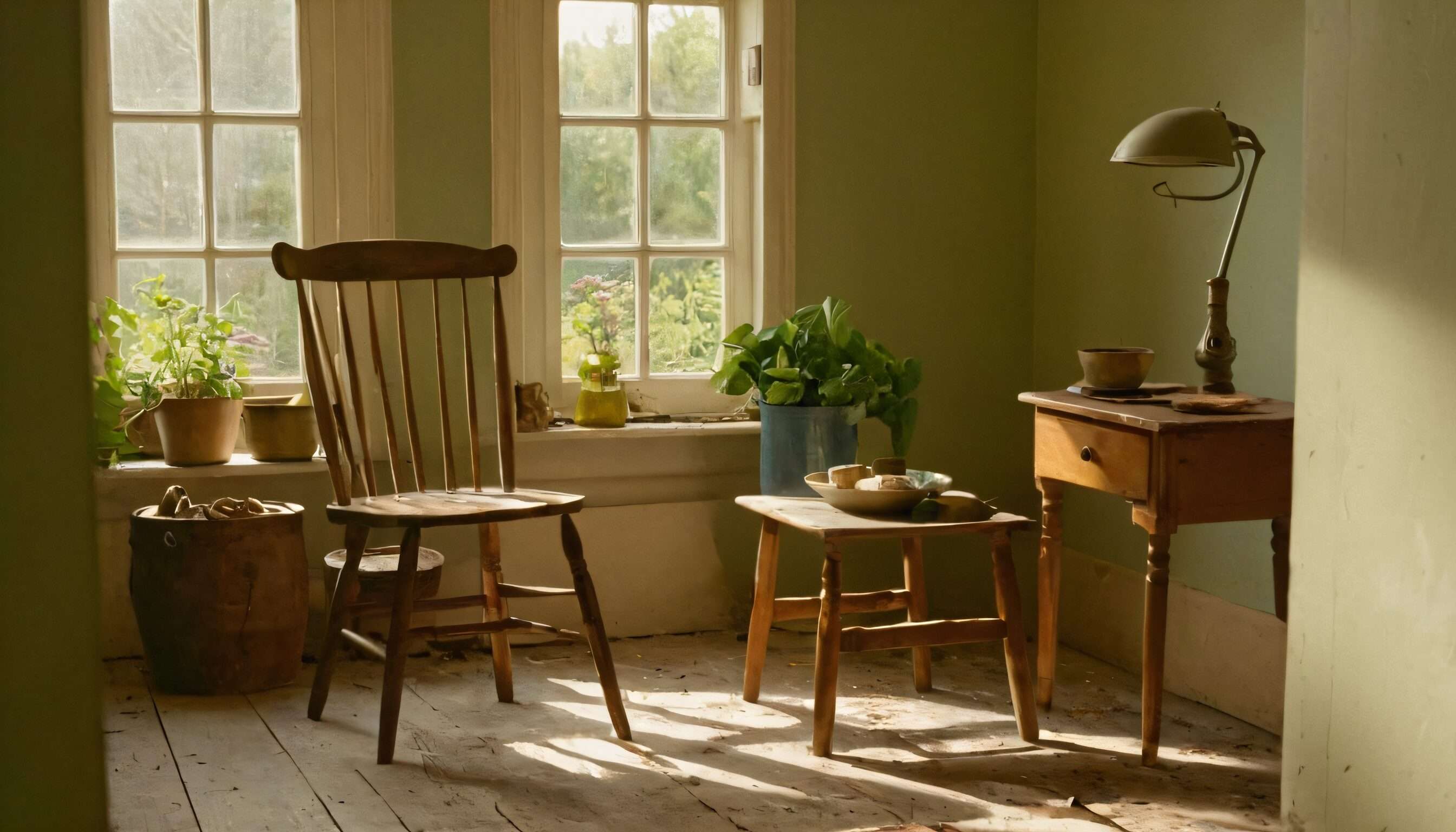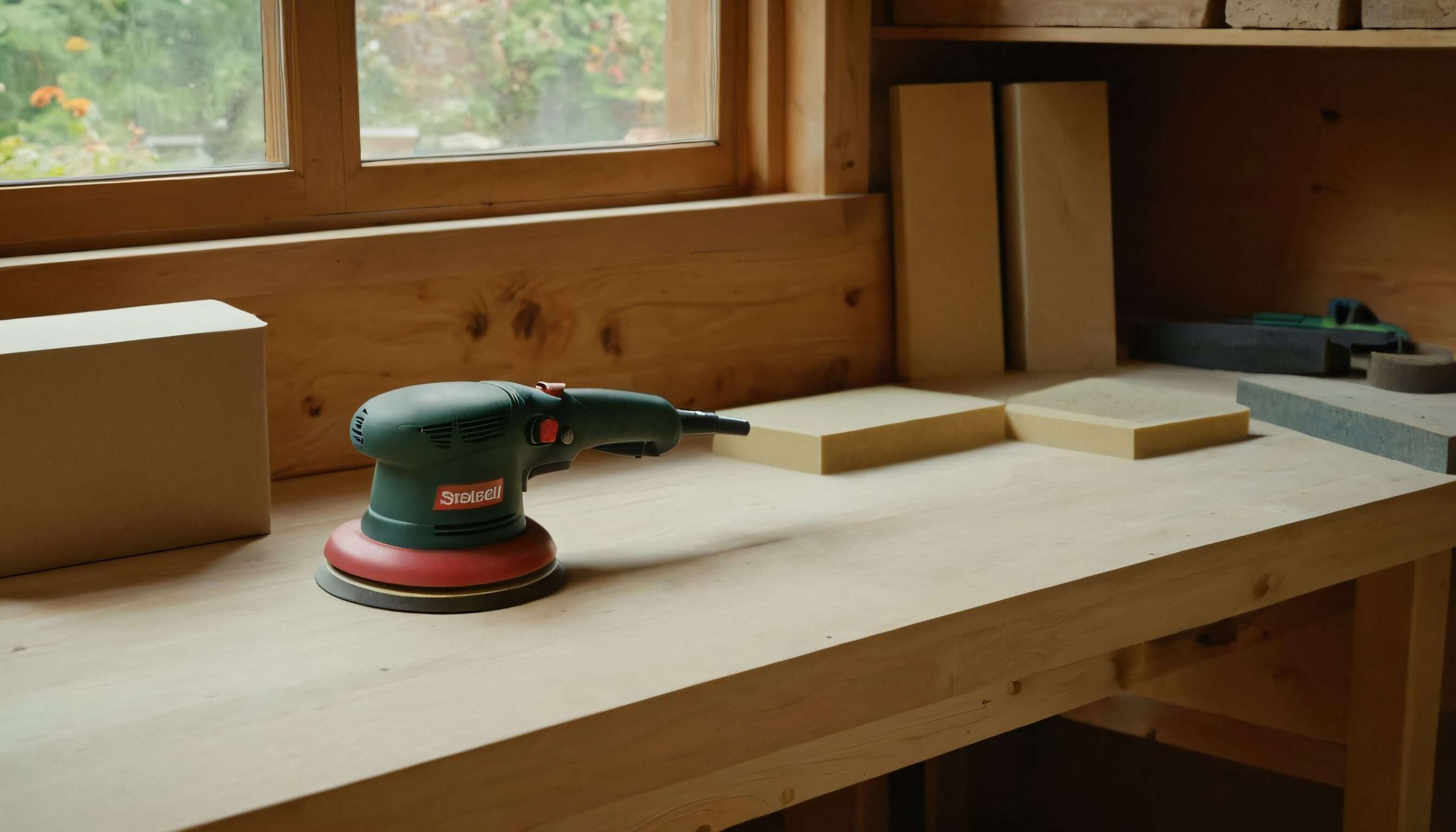In This Article

The quest for a fresh-smelling home goes beyond simply masking odors. It’s about creating a healthy, inviting environment where you feel relaxed and rejuvenated. Yet, daily life can fill a home with smells from cooking, pets, shoes, and more that can linger if not addressed effectively. Many people turn to air fresheners or scented candles, but these often contain chemicals that can cause allergies, headaches, and even respiratory issues. Instead, using natural, sustainable solutions provides a healthier, long-lasting alternative.
In this guide, you’ll find 13 powerful ways to make your home smell amazing using natural ingredients and simple DIY solutions. We’ll go beyond common tips, giving you actionable insights and unique ideas to solve this universal problem in ways that are safe, eco-friendly, and cost-effective.
In This Article
Harness the Power of Simmer Pots

Why It Works: Simmer pots are a simple yet incredibly effective way to make your home smell amazing without adding any chemicals to the air. As the ingredients gently simmer, they release a natural fragrance that travels through the house, neutralizing odors and leaving a delightful aroma.
How to Do It:
- What You’ll Need: A pot, water, and any combination of herbs, fruits, and spices.
- Suggested Combos:
- Fall Vibes: Apple slices, cinnamon sticks, and cloves.
- Fresh Citrus: Lemon slices, rosemary, and vanilla.
- Holiday Mix: Orange peels, cranberries, and a touch of nutmeg.
Pro Tip: Keep the pot on low heat, refilling water as needed, and use this as a ritual during cleaning days to freshen the whole
Essential Oils for Every Room

Why It Works: Essential oils are potent, plant-derived oils that not only add a beautiful scent but can also offer health benefits such as stress relief and improved mood. Unlike store-bought sprays, essential oils don’t contain synthetic additives or chemicals.
How to Do It:
- Essential Oil Diffusers: Use a diffuser to disperse oils throughout the room.
- Suggested Oils:
- Lavender: Relaxing and soothing, ideal for bedrooms.
- Lemon or Peppermint: Great for energizing spaces like kitchens or home offices.
- Eucalyptus: Perfect for bathrooms due to its fresh, clean scent.
DIY Tip: Add a few drops of your chosen essential oil to a cotton ball and place it inside a small container or on a dish for a no-fuss way to add fragrance to small spaces.
Fresh Flowers and Herbs for Instant Freshness

Why It Works: Flowers and herbs have natural fragrances that add freshness to your home while enhancing its aesthetic. Their scent isn’t overpowering and has the added benefit of boosting mood and air quality.
How to Do It:
- Place flowers like lavender, gardenias, and roses in strategic spots around your home. Refresh water every couple of days to maintain their longevity.
- Use herb pots with rosemary, basil, or mint, which add a natural fragrance, especially in the kitchen.
Pro Tip: For an extra fragrant touch, hang bunches of drying herbs in a sunny window. As they dry, they’ll release their scent naturally.
Baking Soda Odor Absorbers

Why It Works: Baking soda is a powerful deodorizer that neutralizes odors instead of just covering them up. It’s inexpensive, natural, and highly effective for absorbing smells in various parts of the home.
How to Do It:
- Place open bowls or small containers filled with baking soda in rooms where odors are common (e.g., bathrooms, closets, and the refrigerator).
- Add a few drops of essential oil to the baking soda for added scent before placing it in the space.
Pro Tip: Replace baking soda every 1-2 months to keep it effective.
DIY Room Sprays: Natural and Personalized

Why It Works: DIY room sprays allow you to control the ingredients, avoiding harmful chemicals and synthetic fragrances. They’re cost-effective and fully customizable.
How to Do It:
- Recipe: In a spray bottle, combine 1 cup of distilled water, 1-2 tablespoons of vodka (as a preservative), and 10-15 drops of essential oils.
- Suggested Scents:
- Calming: Lavender and chamomile
- Fresh and Uplifting: Lemon and peppermint
- Woodsy: Cedarwood and eucalyptus
Pro Tip: Use dark glass bottles to protect the oils from sunlight, which can degrade their scent over time.
Use Indoor Plants to Purify and Freshen the Air

Why It Works: Indoor plants act as natural air purifiers, absorbing toxins and releasing clean oxygen. Some plants even emit mild fragrances, making them a dual-purpose solution.
Recommended Plants:
- Peace Lily: Known for its air-purifying abilities and delicate fragrance.
- English Ivy: Removes mold and bacteria in the air, especially useful for bathrooms.
- Lavender: Great for relaxation, this plant emits a subtle floral scent.
Pro Tip: Place plants in areas with ample sunlight and water them according to their needs to keep them healthy and fragrant.
Freshen Up the Garbage Disposal with Citrus

Why It Works: Citrus rinds naturally deodorize and leave a fresh, clean smell behind. The natural acids in citrus also help break down residue, reducing the potential for foul smells.
How to Do It:
- Cut up lemon or orange rinds into small pieces and toss them into the disposal. Run it with cold water for 10–15 seconds.
- Alternatively, freeze lemon or orange slices in vinegar ice cubes, then run them through the disposal as needed.
Pro Tip: To further enhance the scent, finish off with a small handful of baking soda to fully cleanse the disposal.
Keep Carpets and Rugs Smelling Fresh

Why It Works: Carpets and rugs trap dirt, dust, and odors. By regularly deodorizing them, you prevent musty smells and improve air quality.
How to Do It:
- Sprinkle baking soda on carpets and let it sit for an hour before vacuuming. For extra fragrance, add essential oil drops to the baking soda beforehand.
- Use natural carpet fresheners made with cornstarch, baking soda, and essential oils.
Pro Tip: Consider steam-cleaning carpets every few months to remove embedded dirt and odors.
Closet and Drawer Sachets for Lasting Freshness

Why It Works: Sachets with natural ingredients help maintain a fresh, clean scent in confined spaces, keeping clothes smelling pleasant and reducing mustiness.
How to Do It:
- Fill small sachets with dried herbs like lavender, rosemary, and chamomile.
- Place sachets in drawers, closets, or hang them on clothing rods for subtle fragrance.
Pro Tip: Refresh sachets every few months by adding a few drops of essential oil.
Regular Air Filter Replacement

Why It Works: Air filters trap airborne particles, dust, and odors, so regularly changing them ensures fresher, cleaner air in your home.
How to Do It:
- Replace filters every 1-3 months, depending on usage and the season.
- Add a few drops of essential oil to the filter for a subtle, continuous scent each time the HVAC system runs.
Pro Tip: Check filters frequently, especially during high-pollen seasons or if you have pets, to prevent odors from circulating.
Let Fresh Air Flow In

Why It Works: Fresh air dilutes indoor odors and brings in a natural, outdoor scent. Regularly ventilating your home prevents it from becoming stale and can improve your well-being.
How to Do It:
- Open windows on opposite sides of your home to create a cross-breeze.
- Even in winter, a brief 5-minute airing can dramatically improve air quality and odor.
Pro Tip: Schedule daily ventilation time in the morning when outside air is usually freshest.
Try Reed Diffusers for a Constant Aroma

Why It Works: Reed diffusers are low-maintenance and provide a gentle, continuous fragrance without the need for heat or electricity. They’re perfect for small spaces and long-lasting.
How to Do It:
- DIY Reed Diffuser: Fill a glass bottle with a mix of essential oils and a carrier oil, then add reed sticks to absorb and diffuse the scent.
- Suggested Scents: Lavender and eucalyptus for calm, citrus for energy, and sandalwood for warmth.
Pro Tip: Flip the reed sticks every week for a fresh scent boost.
Create Long-Lasting Potpourri

Why It Works: Potpourri combines dried flowers, herbs, and essential oils for a decorative, fragrant way to keep a room smelling fresh. It can last for months with proper care.
How to Do It:
- Combine dried petals (such as rose, lavender, or marigold) with herbs like rosemary and spices like cloves.
- Add a few drops of essential oil and let the mixture sit in an airtight container for a few days to develop its scent.
Pro Tip: Refresh your potpourri with additional essential oils when the scent starts to fade.
Conclusion

Making your home smell amazing naturally is both simple and rewarding. By using natural ingredients like essential oils, herbs, and plants, you can create a welcoming, fresh atmosphere without relying on chemicals. These small changes—whether it’s a simmer pot, a reed diffuser, or baking soda—can transform your space, making it healthier and more inviting.
Try a few of these methods today to enjoy a naturally fragrant home that you and your guests will love.
Additional Resources
- Southern Yankee DIY: Natural Ways to Make Your House Smell Good
- Homes to Love: Expert Tips for a Naturally Fresh-Smelling Home
- Real Simple: Effective Tips for Home Freshness
FAQs
Can I mix different essential oils in a diffuser?
Yes! Mixing oils like lavender and eucalyptus can create a custom, layered scent profile.
How often should I replace homemade sachets?
Refresh them every 2-3 months by adding essential oil drops or changing out dried herbs.
Will indoor plants really make a noticeable difference in smell?
Yes, plants like lavender and jasmine emit subtle scents that contribute to a fresh atmosphere. However, their main benefit is purifying the air.









